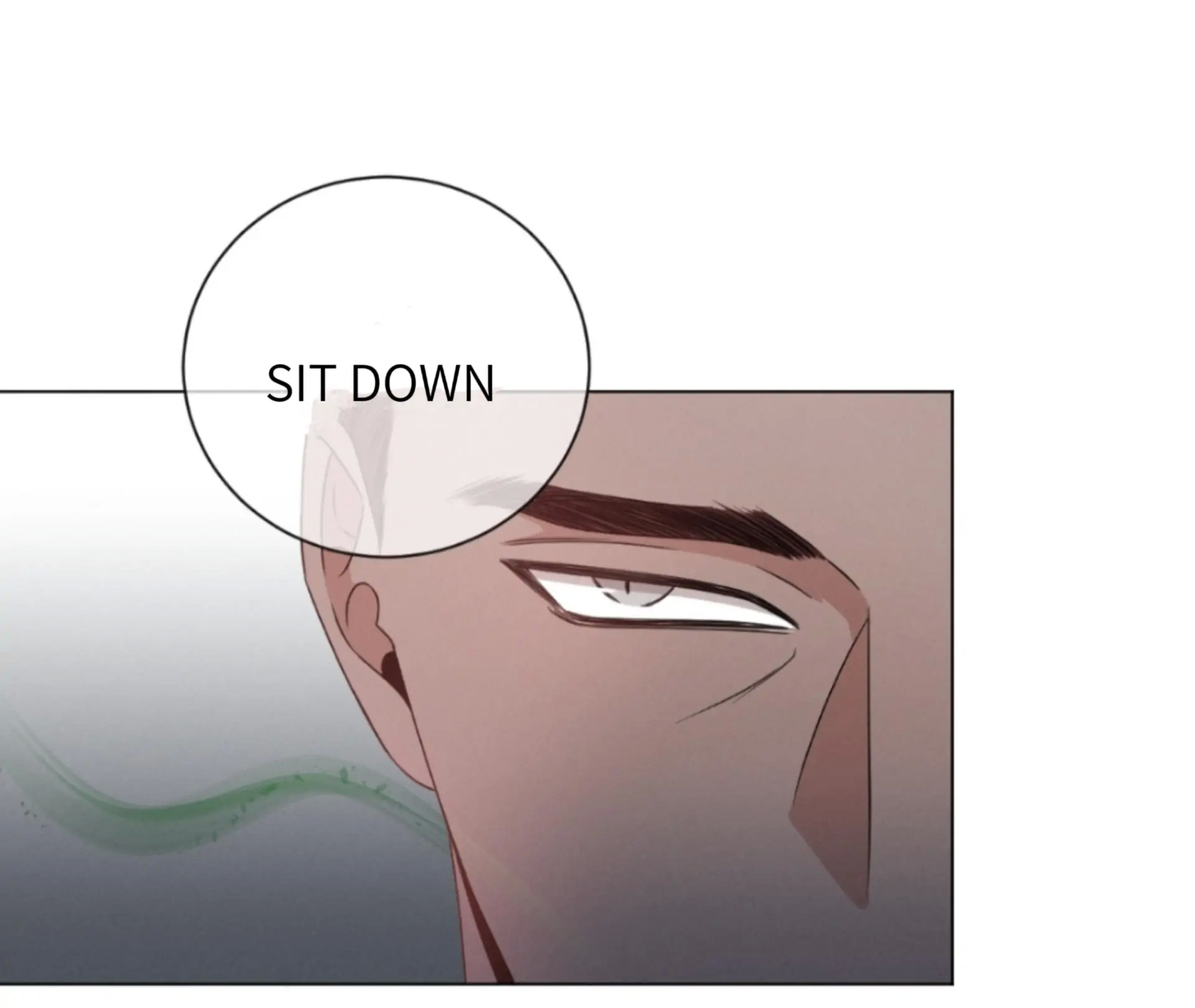Embark on a captivating journey into Minmotion Syndrome Chapter 36, where we delve into the intricacies of this rare condition, its clinical manifestations, and the therapeutic strategies employed to manage it. Join us as we unravel the complexities of this intriguing medical enigma.
Minmotion Syndrome, characterized by its unique electrocardiographic findings and distinctive clinical presentation, presents a fascinating challenge to healthcare professionals. In this chapter, we will explore the pathophysiology underlying this condition, unravel its clinical manifestations, and delve into the treatment options available.
Minmotion Syndrome Definition and Pathophysiology: Minmotion Syndrome Chapter 36
Minmotion syndrome is a rare inherited cardiac condition characterized by bradycardia (slow heart rate), conduction system abnormalities, and distinctive facial features. It’s caused by mutations in genes encoding calcium channels or other proteins involved in cardiac conduction.
Delve into the thrilling continuation of Minmotion Syndrome Chapter 36, where the narrative takes an unexpected turn. For a refreshing change of pace, escape into the captivating world of Relife Player Chapter 24 . But don’t stray too far, as Minmotion Syndrome Chapter 36 promises an equally gripping conclusion that will leave you on the edge of your seat.
The pathophysiology of Minmotion syndrome involves impaired calcium handling in the heart, leading to abnormal electrical impulses and conduction delays. Calcium channels play a crucial role in regulating the electrical activity of the heart, and mutations in these channels can disrupt the normal flow of calcium ions, resulting in arrhythmias and conduction disturbances.
Minmotion syndrome chapter 36 takes an unexpected turn when the protagonist discovers a portal leading to the reincarnation coliseum chapter 9 . This mystical realm challenges the very fabric of reality, as the protagonist faces off against formidable opponents in a battle for their soul.
Yet, as the dust settles, they return to the world of minmotion syndrome chapter 36, forever changed by their experiences in the coliseum.
Genetic Basis, Minmotion syndrome chapter 36
- Mutations in the CACNA1C gene, which encodes the L-type calcium channel, are the most common cause of Minmotion syndrome.
- Mutations in other genes, such as CACNB2, SCN5A, and GPD1L, have also been linked to the syndrome.
Electrocardiographic Findings
- Bradycardia (slow heart rate)
- First-degree atrioventricular block (AV block)
- Second-degree AV block (Mobitz type I or type II)
- Complete heart block
Facial Features
- Coarse facial features
- Prominent forehead
- Wide-set eyes
- Flat nasal bridge
- Thick lips
Clinical Manifestations and Diagnosis of Minmotion Syndrome

Minmotion syndrome presents with a characteristic clinical picture, including symptoms, physical signs, and specific electrocardiographic (ECG) findings. The diagnosis is confirmed through electrophysiological studies, which play a crucial role in identifying the underlying electrical abnormalities.
As the gripping minmotion syndrome chapter 36 unfolds, manga enthusiasts can’t help but anticipate the release of the highly awaited one piece chapter 1074 online here . The epic saga of the Straw Hat Pirates continues to captivate readers worldwide, and chapter 36 promises to be another thrilling installment in the minmotion syndrome arc.
Clinical Manifestations
- Palpitations: Patients often experience a rapid, fluttering sensation in their chest due to the increased heart rate.
- Chest Pain: Some individuals may experience chest discomfort or pain, which can be sharp or stabbing in nature.
- Shortness of Breath: The rapid heart rate can lead to a feeling of breathlessness or difficulty breathing.
- Fatigue: The increased heart rate and associated symptoms can cause fatigue and weakness.
ECG Findings
- Atrial Flutter: The ECG typically shows a regular, rapid atrial rhythm with a sawtooth pattern, representing the characteristic flutter waves.
- Ventricular Response: The ventricular response to the rapid atrial rate can vary, leading to different ECG patterns, such as 2:1 or 3:1 atrioventricular block.
- Other Abnormalities: In some cases, additional ECG abnormalities may be present, such as bundle branch block or premature ventricular contractions.
Electrophysiological Studies
Electrophysiological studies are essential for confirming the diagnosis of Minmotion syndrome. These studies involve recording the electrical activity of the heart and stimulating it to assess its response. During the procedure, specific maneuvers are performed to induce atrial flutter, helping to identify the arrhythmogenic focus and determine the optimal treatment strategy.
Treatment Options for Minmotion Syndrome

Minmotion syndrome is a debilitating condition that can significantly impact an individual’s quality of life. Fortunately, there are a range of treatment options available to alleviate symptoms and improve overall well-being.
Pharmacological Therapy
Pharmacological therapy involves the use of medications to manage symptoms associated with Minmotion syndrome. Common medications include:
- Anticonvulsants: These medications, such as levetiracetam and topiramate, help control seizures and reduce tremors.
- Antipsychotics: Atypical antipsychotics, such as risperidone and olanzapine, can alleviate hallucinations, delusions, and disorganized thinking.
- Antidepressants: Selective serotonin reuptake inhibitors (SSRIs) and serotonin-norepinephrine reuptake inhibitors (SNRIs) can improve mood and reduce anxiety.
Device-Based Interventions
In addition to pharmacological therapy, device-based interventions may be employed to manage Minmotion syndrome:
- Deep Brain Stimulation (DBS): DBS involves implanting electrodes into specific areas of the brain to regulate abnormal brain activity and reduce symptoms.
- Transcranial Magnetic Stimulation (TMS): TMS uses magnetic pulses to stimulate specific brain regions, potentially improving cognitive function and reducing symptoms.
- Vagal Nerve Stimulation (VNS): VNS involves implanting a device that stimulates the vagus nerve, which has been shown to improve seizures and other symptoms.
Importance of Monitoring and Follow-Up
Monitoring and follow-up are crucial in managing Minmotion syndrome. Regular check-ups allow healthcare providers to assess the effectiveness of treatment, adjust medications as needed, and monitor for potential side effects. Additionally, patients should be encouraged to engage in self-monitoring, such as tracking symptoms and recording any changes in their condition.
Final Review
Our exploration of Minmotion Syndrome Chapter 36 concludes with a comprehensive understanding of its definition, pathophysiology, clinical presentation, diagnostic criteria, and treatment approaches. This chapter serves as a valuable resource for healthcare professionals seeking to enhance their knowledge of this rare condition and optimize patient care.